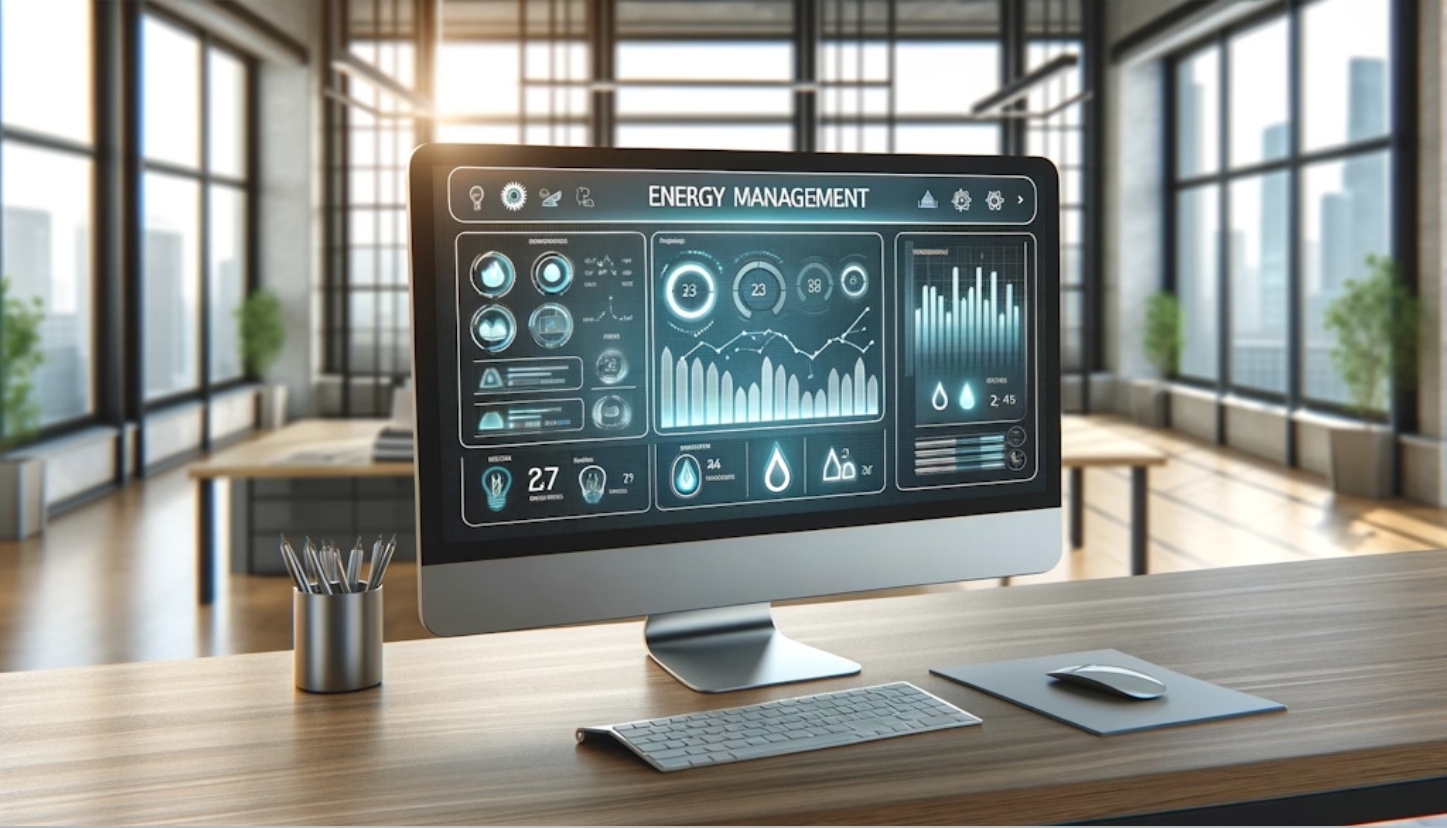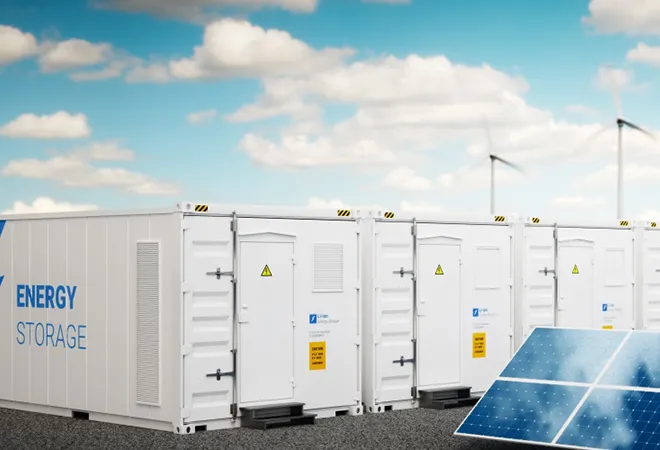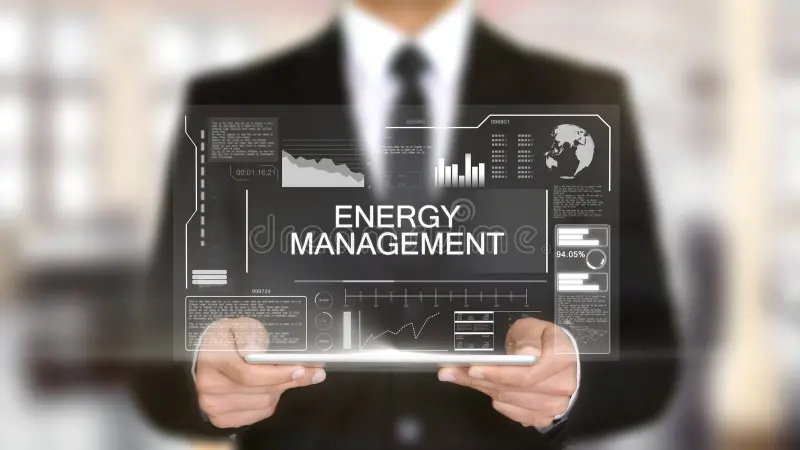What is EMS (Energy Management System)?
When discussing energy storage, the first thing that typically comes to mind is the battery. This critical component is tied to essential factors such as energy conversion efficiency, system lifespan, and safety. However, to unlock the full potential of an energy storage system, the “brain” of the operation— the Energy Management System (EMS)— is equally crucial.
The Role of EMS in Energy Storage
EMS is directly responsible for the control strategy of the energy storage system. It influences the decay rate and cycle life of the batteries, thereby determining the economic efficiency of energy storage. Additionally, EMS monitors faults and anomalies during system operation, providing timely and rapid protection of equipment to ensure safety. If we compare energy storage systems to the human body, EMS acts as the brain, determining operational efficiency and ensuring safety protocols, just as the brain coordinates bodily functions and self-protection in emergencies.
Different Demands of EMS for Power Supply and Grid Sides vs. Industrial and Commercial Energy Storage
The energy storage industry’s initial rise was tied to large-scale storage applications on the power supply and grid sides. Consequently, early EMS designs catered specifically to these scenarios. Power supply and grid side EMS were often standalone and localized, designed for environments with stringent data security and heavy reliance on SCADA systems. This design necessitated a local operation and maintenance team on site.
However, traditional EMS systems are not directly applicable to industrial and commercial energy storage due to distinct operational needs. Industrial and commercial energy storage systems are characterized by smaller capacities, widespread dispersion, and higher operation and maintenance costs, necessitating remote monitoring and maintenance. This requires a digital operation and maintenance platform that ensures real-time data uploads to the cloud and leverages cloud-edge interaction for efficient management.
Design Principles of Industrial and Commercial Energy Storage EMS
1. Full Access: Despite their smaller capacities, industrial and commercial energy storage systems require EMS to connect with various devices like PCS, BMS, air conditioning, meters, circuit breakers, and sensors. EMS must support multiple protocols to ensure comprehensive and real-time data collection, crucial for effective system protection.
2. Cloud-End Integration: To enable bidirectional data flow between the energy storage station and the cloud platform, EMS must ensure real-time data reporting and command transmission. Given that many systems connect via 4G, EMS must handle communication interruptions gracefully, ensuring data consistency and security through cloud-edge remote control.
3. Expand Flexibility: Industrial and commercial energy storage capacities range widely, necessitating EMS with flexible expansion capabilities. EMS should accommodate varying numbers of energy storage cabinets, enabling rapid project deployment and operational readiness.
4. Strategy Intelligence: The main applications for industrial and commercial energy storage include peak shaving, demand control, and anti-backflow protection. EMS must dynamically adjust strategies based on real-time data, incorporating factors like photovoltaic forecasting and load fluctuations to optimize economic efficiency and reduce battery degradation.
Main Functions of EMS
Industrial and commercial energy storage EMS functions include:
System Overview: Displays current operational data, including energy storage capacity, real-time power, SOC, revenue, and energy charts.
Device Monitoring: Provides real-time data for devices like PCS, BMS, air conditioning, meters, and sensors, supporting equipment regulation.
Operating Revenue: Highlights revenue and electricity savings, a key concern for system owners.
Fault Alarm: Summarizes and allows querying of device fault alarms.
Statistical Analysis: Offers historical operational data and report generation with export functionality.
Energy Management: Configures energy storage strategies to meet various operational needs.
System Management: Manages basic power station information, equipment, electricity prices, logs, accounts, and language settings.
EMS Evaluation Pyramid
When choosing EMS, it’s essential to evaluate it based on a pyramid model:
Lower Level: Stability
The foundation of EMS includes stable hardware and software. This ensures reliable operation in various environmental conditions and robust communication.
Middle Level: Speed
Efficient southbound access, fast device management, and secure real-time remote control are crucial for effective debugging, maintenance, and daily operations.
Upper Level: Intelligence
Advanced AI and algorithms are at the core of intelligent EMS strategies. These systems should adapt and evolve, providing predictive maintenance, risk assessment, and integrating seamlessly with other assets like wind, solar, and charging stations.
By focusing on these levels, users can ensure they select an EMS that offers stability, efficiency, and intelligence, crucial for maximizing the benefits of their energy storage systems.
Conclusion
Understanding the role and requirements of EMS in different energy storage scenarios is vital for optimizing performance and safety. Whether for large-scale grid applications or smaller industrial and commercial setups, a well-designed EMS is essential for unlocking the full potential of energy storage systems.
Post time: May-30-2024






